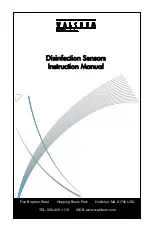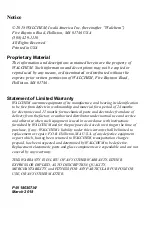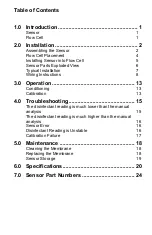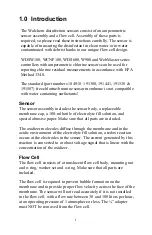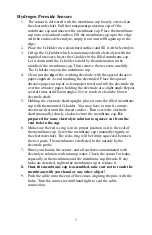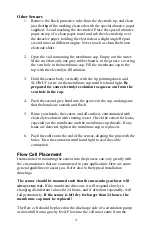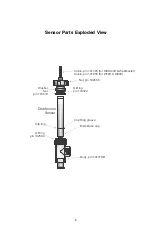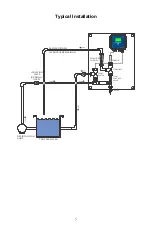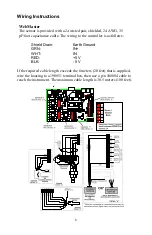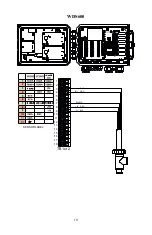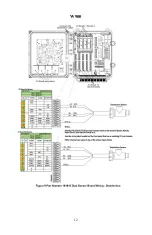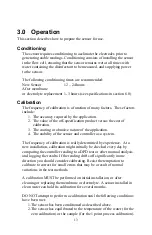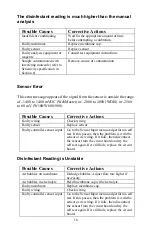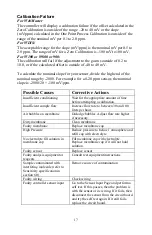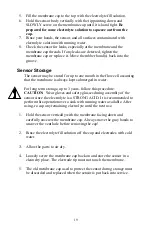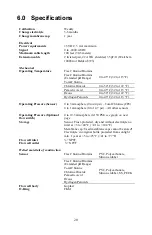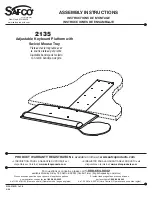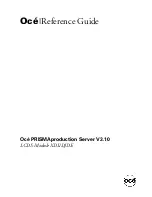
5
bottom side that has the ¾” x ¼” NPT reducing bushing installed.
The
reducing bushing provides the flow velocity required for accurate
readings and must not be removed!
A “U” trap should be installed so that if the flow stops, the sensor is still
immersed in the water. The outlet of the flow cell must be plumbed to open
atmosphere unless the system pressure is at or below 1 atmosphere. If the
flow through the line cannot be stopped to allow for cleaning and
calibration of the sensor, then it should be placed in a by-pass line with
isolation valves to allow for sensor removal. Install the sensor vertically,
with the measuring surface pointing down, at least 5 degrees above
horizontal. (Refer to Installation drawings)
Flow rate regulation must be done upstream from the sensor, because any
flow restriction downstream can increase the pressure above atmospheric
and damage the membrane cap!
The sensor should be installed in an area where there is good solution
movement and where it will respond rapidly to chemical additions. The
placement of the sensor relative to the placement of chemical
replenishment, along with the quality of the mixing, and the replenishment
chemical flow rate are critical to accurate process control.
To avoid biological growth on the membrane, which can block
measurement, never leave the sensor in water without oxidant for longer
than 24 hours.
Installing Sensor into Flow Cell
1.
Assemble the flow cell as shown below from the top down. The reducer
should already be installed in the flow cell body.
2.
Slide the 103419-B bottom washer (concave side up) over the cable end
of the sensor, followed by the 103422 O-ring, followed by the 103419-T
top washer (concave side down), followed by the 102586 nut.
3.
Place the 102594 O-ring in the top o-ring groove of the 191279-R flow
cell body.
4.
Place the sensor body into the flow cell body, and tighten the 102586 nut
until it is hand-tight. Before tightening completely, pull the sensor up
until the clip ring is up against the bottom washer.

